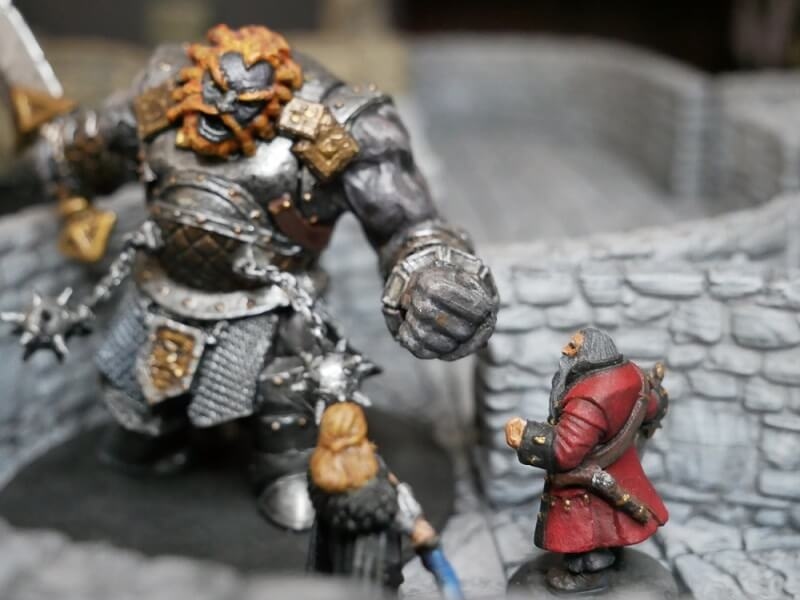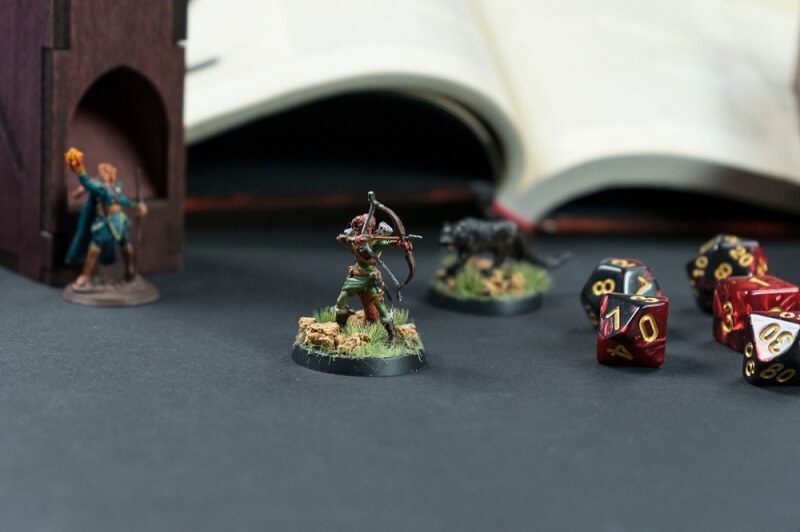
Creating a D&D character isn’t about rolling dice or stacking numbers. It’s about building someone who feels real, a person with flaws, dreams, fears, and reasons for doing what they do. The kind of d and d characters your group talks about, even when the session’s over.
Whether you’re new to Dungeons & Dragons or on your fifth campaign, the goal is the same: make a character who stands out because they feel alive. Here’s how to do it, without falling into clichés or letting a d and d character generator do all the work.
The story comes before the sheet. A D&D character that starts with numbers usually ends up flat. Start instead with a question: Who are they?
Ask yourself:
A halfling thief who steals only from corrupt priests. A wizard terrified of their own magic. A barbarian who quotes poetry before battle. These sparks say more than any stat line.
Flaws are what make people remember your D and D characters. They turn strength into story. Don’t write a perfect hero, write someone who tries.
More to Discover: Gaming Villains We Love to Hate: Top Antagonist Roles
Before you get attached to your idea, talk to your DM. The campaign world matters. A pacifist monk in a brutal war story will feel misplaced; a scheming rogue might shine in a political one.
Your D&D character should make sense within that world, or have a reason they don’t. Maybe they’re the outsider, the exile, or the one chasing redemption. Either way, their story should weave into the setting, not float above it.
Connect your background to something in the campaign: a town, a mentor, a crime, a prophecy. It gives your DM something to work with and helps your d and d characters feel part of something bigger.
And don’t forget your party. You’re not telling your story alone. Create shared ties, rivalries, or debts with other players. That’s what makes the game feel alive.
A D and D character generator or D&D character creator is great for saving time, it gives you structure, helps with math, and ensures your build is functional. But it shouldn’t write your story for you.
When you use a character creator for D&D, treat it like scaffolding. It builds the frame, but the soul comes from you. Rename skills, change traits, or twist the background until it reflects your vision.
Let the generator handle the mechanics, but you handle the meaning. That’s how your D&D character becomes more than numbers; they become someone memorable.

Your character’s past matters, but you don’t need a three-page novel. Focus on moments, not history.
Ask:
A few short lines are enough:
That’s plenty. The rest can unfold in play. Let your D and D character reveal new pieces as the story grows.
And don’t forget flaws. A cleric who doubts their god, a bard who can’t stand silence, a paladin who bends rules for love, that’s what players remember.
Stats might win battles, but personality wins hearts. Give your D&D character quirks, mannerisms, and contradictions.
Maybe they’re brave in combat but shy in conversation. Maybe they can’t stop talking to animals. Maybe they always hum the same song before danger.
It’s the small, human details that make a character stick. Don’t worry about “acting”, just react honestly as your character would. Let their emotions guide your words.
And when something shakes them, loss, betrayal, victory, show it. Those are the moments that make others at the table care.
When you’re using a D&D character generator, think of each choice as a storytelling opportunity.
Every race, spell, and feat says something about your D&D character. Maybe your elf sorcerer avoids using fire magic after burning their village. Maybe your rogue’s high Perception isn’t training, it’s paranoia.
Don’t just pick what’s powerful. Pick what feels true. The most interesting builds are the ones that fit the person you’ve imagined, not just the numbers.
And if you’re using a D&D character creator, tweak things until they reflect emotion. Change names, add flavor text, personalize equipment. It’s your world, own it.
Explore More: Unveiling the Psychology Behind RPG Character Classes Choice
The characters people love most aren’t the loudest; they’re the ones who connect.
Find ways your D&D character relies on others. Maybe your ranger secretly trusts the wizard’s logic, or your fighter always defends the cleric. These ties make your group feel like a story, not just a team.
And give your DM something to work with. Add a hook, a family feud, a missing heirloom, a promise left unkept. It invites the world to pull your D and D characters into its web.
You don’t have to steal every scene. Sometimes the best characters are the ones who listen, then surprise everyone when it counts.
The most unforgettable D&D characters aren’t static. They change. They fail, learn, and evolve.
Your thief might start selfish and end up sacrificing everything. Your cynic might rediscover hope. That’s what makes long campaigns worth playing: watching someone become.
After each session, ask yourself: what did they learn? What shifted? Add small notes or realizations. Over time, you’ll see the shape of a person forming, not just a role.
Let their choices have weight. If they lie, let it haunt them. If they fall in love, let it change how they fight. The dice decide success, but you decide who they are.
Let’s take one from scratch.
Concept: A knight who once betrayed his kingdom and now hides his identity.
You run a D and D character generator, and it gives you “Human Fighter.” Perfect start. Now add flavor. Rename “Second Wind” to “Oath Renewed.” Give him a scar over his heart from the day he turned traitor.
Flaw: He refuses to ask for forgiveness.
Bond: He protects anyone wearing the same crest he once disgraced.
Secret: He caused the war he’s now trying to end.
That’s it. That’s enough to play. And with each session, you’ll discover more.
Also check: How NPC Roles Shape Realism and Depth in Open-World Games
Making a D&D character everyone will love isn’t about power or optimization; it’s about honesty. Build someone who feels real. Use a character creator for D&D if you want structure, but write the story yourself.
Keep the stats simple, the backstory short, and the personality vivid. Let your D and D characters grow with the story instead of forcing them into a mold.
When you play them with heart, flaws, fear, laughter, and all, you’ll see it happen: people won’t just remember what your character did. They’ll remember who they were.
This content was created by AI